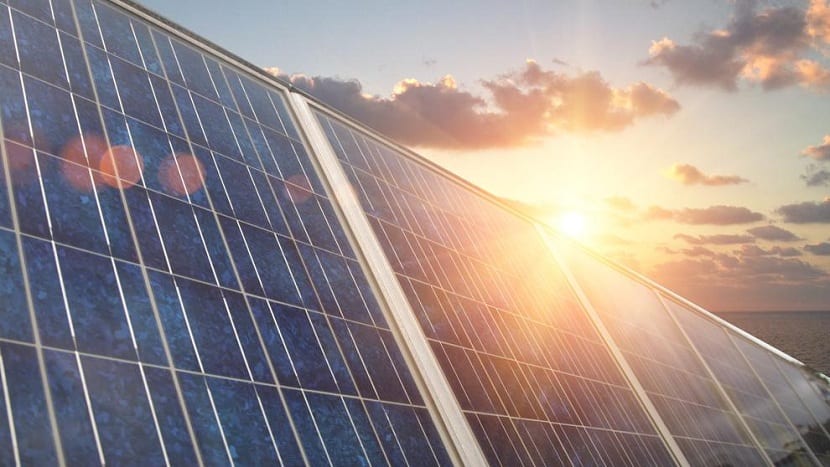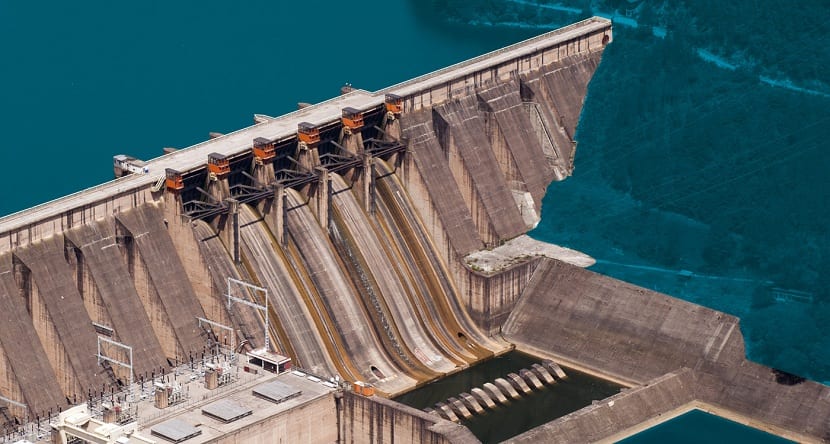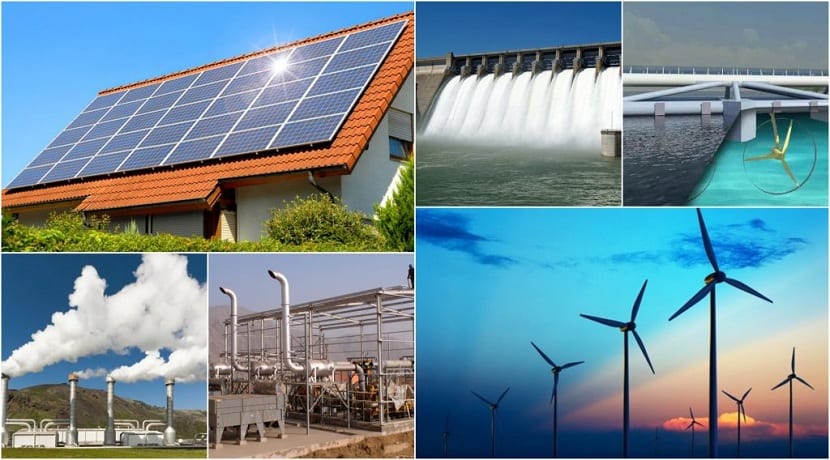
Today we are going to talk about Energy sources that exist all over the world. We mainly classify them into renewable energy sources and non-renewable ones. The former are also called green energy or clean. They are the ones that are gaining more importance over the years since non-renewable energy comes from Fossil fuels and they are polluting the planet and causing serious damage and effects such as climate change.
We are going to teach you all the types of energy sources that exist in the world and their main uses.
Renewable energy sources
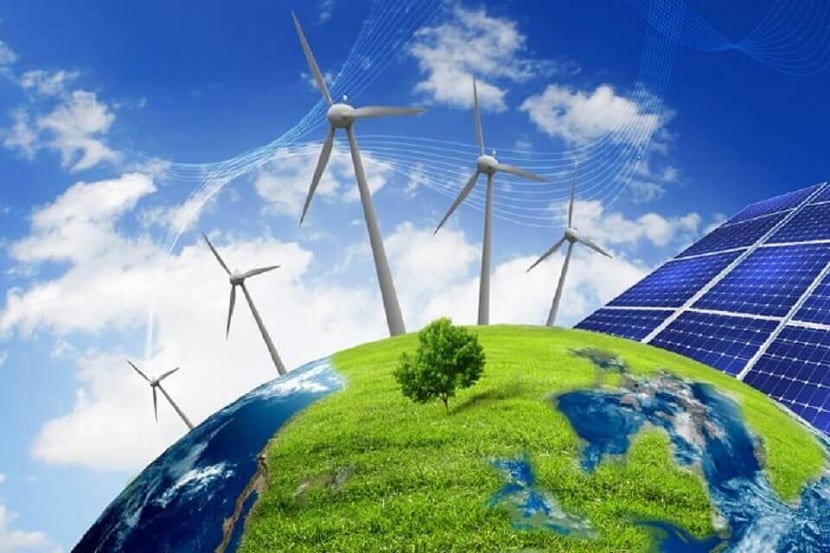
It is about the sources of energy that are obtained through natural sources. They are inexhaustible energy in time since their renewal rates far exceed their consumption. They can regenerate through natural actions. Among these sources we find the sun, the wind, the water, the tides, etc. They are sources that do not run out and that will always be available.
We are going to briefly describe them one by one.
Solar energy
It is produced through the sun. It is clean and does not pollute. It works from solar panels and thanks to photovoltaic effect. It can supply everything from small installations such as a domestic home to powering power plants. Despite the potential it has here in Spain for the climate and the number of hours of sunshine are not well used.
They are also used for astronomy and observation. The satellites have solar panels implanted that help them to continually supply themselves so they can always work and obtain the necessary data.
Energía eólica
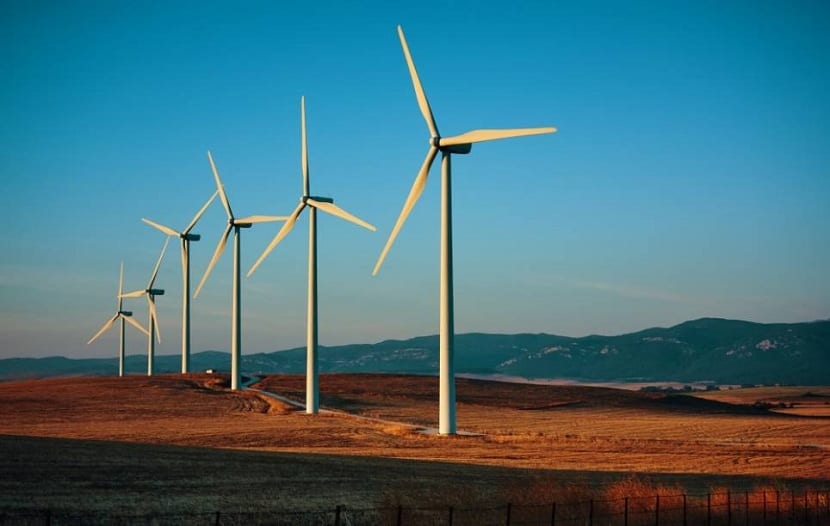
It is produced through the wind. It has years of history behind it since since ancient times the force of the winds was used in the mills to grind wheat. Currently, wind energy works through the wind turbines. Although they have a high cost of installation they are capable of producing large amounts of energy. One of the advantages is that it does not require much maintenance and can be placed in many places.
On the other hand, it also has some disadvantages. The main one is that it causes a great impact on the landscape when there is wind farms. In addition, it interferes in numerous routes of migratory birds of high ecological value or that are in danger of extinction. It also depends a lot on the location of the wind turbines. It should be placed in a place where there is wind and it is not influenced or slowed down by other constructions such as buildings or by mountains and valleys.
Hydraulic energy
La hydraulic energy It is one that is produced thanks to water. It takes place in a hydraulic power station. With it, heat or electricity can be produced through the energy that can be provided by the movement of water through turbines.
Geothermal Energy
La geothermal energy It uses the energy that the Earth has and its heat. This type of energy is more secondary because it depends on the activity of the soil and the thickness of the continental crust in each place. Cold countries like Iceland are lucky to have geothermal energy as the main source of supply. The deeper we can carry out the extraction in the earth's crust, the more heat we can use as an energy source.
The main drawback of this type of energy is the high cost of the infrastructure needed to extract heat from the continental crust.
Biomass energy
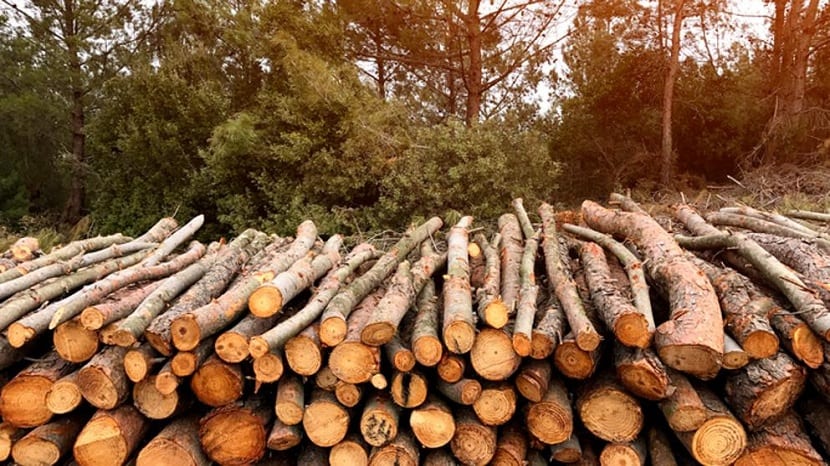
This energy uses all the organic remains that can be used. For example, pellets, pruning remains, olive stones, felling remains, etc.. It is increasingly used since it helps to keep the forests better managed and this type of waste is used. It is widely used as heating thanks to the creation of biomass boilers.
Non-renewable energy sources
Also called fossil fuels. They are those that nature has generated but that have a limited time in their use. This is because their regeneration is very slow compared to the human scale and the speed at which they are used. In other words, oil or coal will eventually disappear or, at least, will not be able to be used to produce energy on a large scale.
We analyze the main sources of non-renewable energy
Fossil fuels
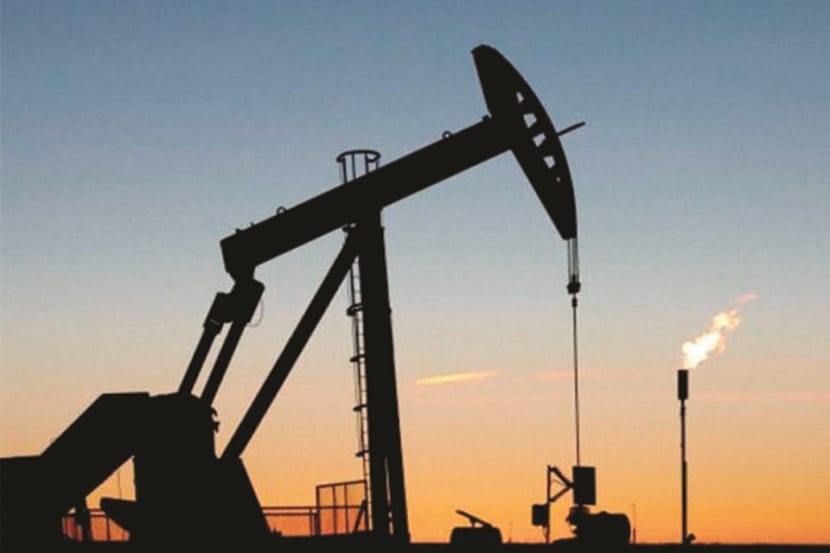
Are those generated by oil, coal, natural gas and their derivatives. It is the most widely used resources in the world to produce energy. For this reason, they are the first reason why disasters such as the hole in the ozone layer, global warming and climate change are accentuating. All this is the result of the pollution they generate both in their production and in their use.
Nuclear energy
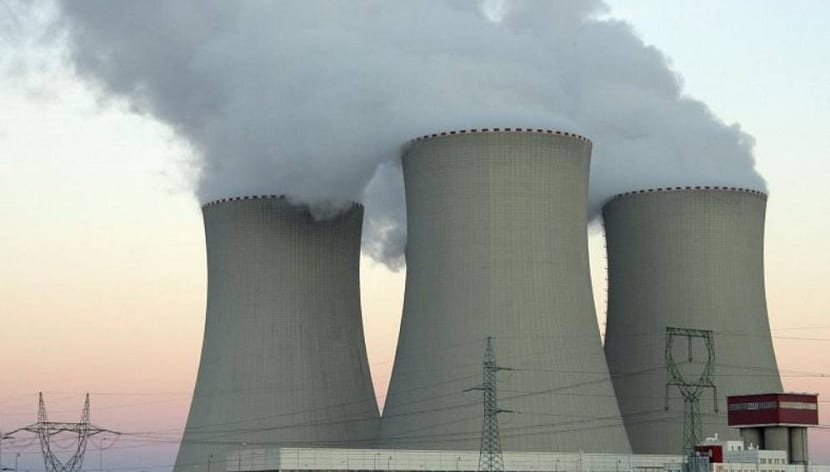
It is an energy whose main fuel is uranium. There are defenders of the nuclear energy as much as naysayers. It is an energy that does not emit polluting substances but leaves highly dangerous nuclear waste and it is necessary to build a nuclear graveyard. There is also fear of the strongest nuclear disasters in history such as those of Chernobyl and Fukushima.
Uses of energy sources

As we have mentioned before, non-renewables have become the engine of the entire planet. More than 60% of the world works thanks to energy obtained from coal or oil. It is used to power industrial machines, trains, transport, electricity, steam, etc.
With oil, an infinite number of things are manufactured that we use every day, including plastic apart from the entire industry, petrochemicals and for any type of transport including electricity generation.
Most of the renewable energy is reduced to solar and wind, since they are the most widespread and those with the highest rates of energy return. Its development and research is improving over the years and each time the production costs go down, making it are becoming really competitive energies in international markets.
Let's hope that in the not too distant future, renewable energies can make their way to remain the first in supply and we can reduce all impacts to the environment and pollution.
